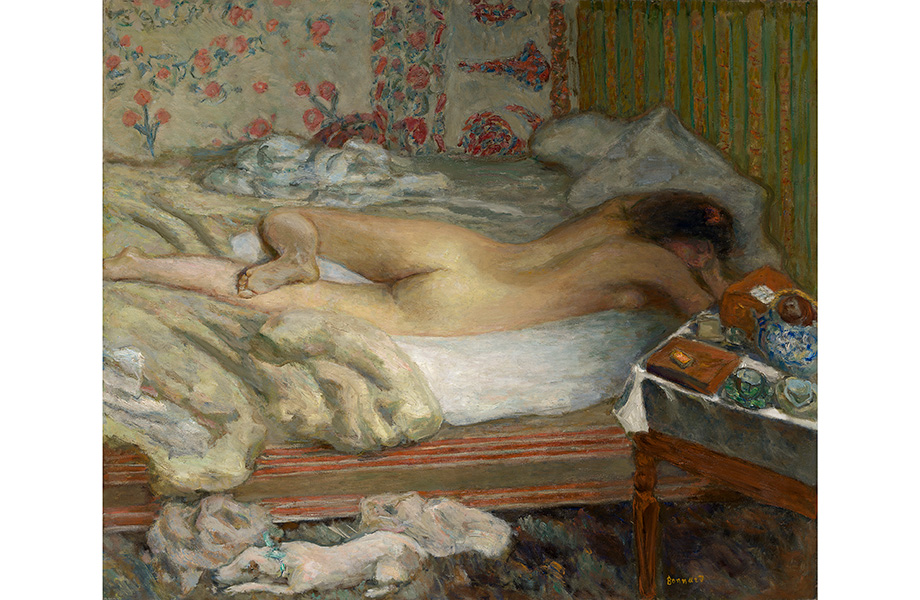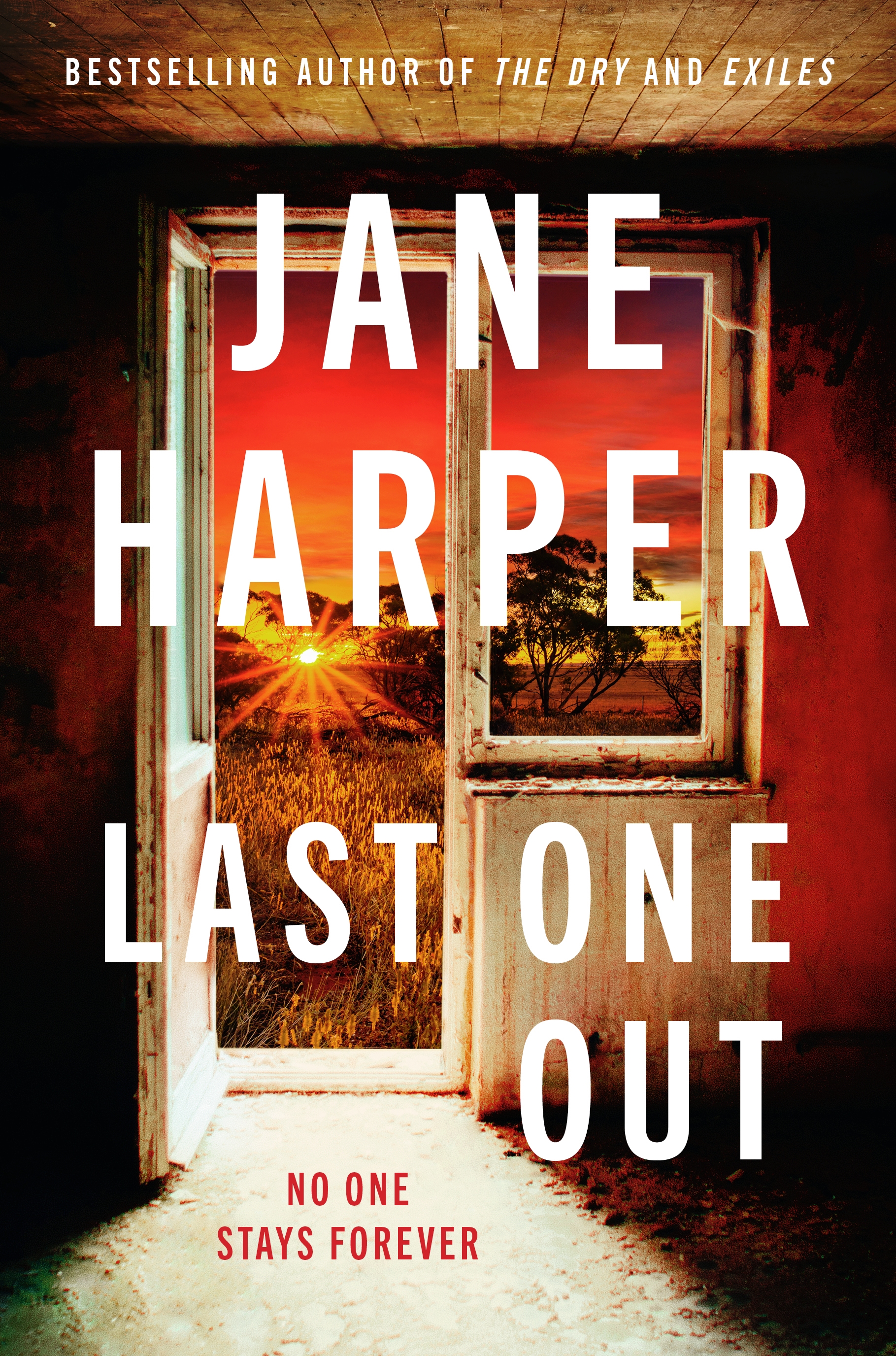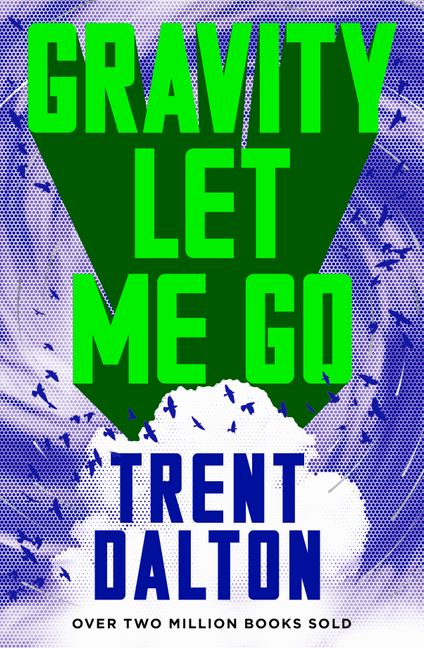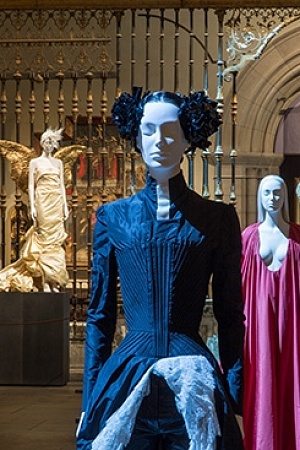Art
Cats & Dogs
Affectionate felines and beastly hounds at the NGV
by Sebastian Moore •

Pierre Bonnard, Siesta (La Sieste) 1900 (courtesy of National Gallery of Victoria, Melbourne Felton Bequest, 1949)
Stepping into the NGV’s Cats & Dogs exhibition at Federation Square, visitors must make a decision. Before them are two arrows directing their path ahead. To the left, a path to dogs; to the right, cats. Immediately, the age-old question is invoked, typically reserved for when the conversation has dried up on first dates: are you a dog or cat person?
Continue reading for only $10 per month. Subscribe and gain full access to Australian Book Review. Already a subscriber? Sign in. If you need assistance, feel free to contact us.











Leave a comment
If you are an ABR subscriber, you will need to sign in to post a comment.
If you have forgotten your sign in details, or if you receive an error message when trying to submit your comment, please email your comment (and the name of the article to which it relates) to ABR Comments. We will review your comment and, subject to approval, we will post it under your name.
Please note that all comments must be approved by ABR and comply with our Terms & Conditions.